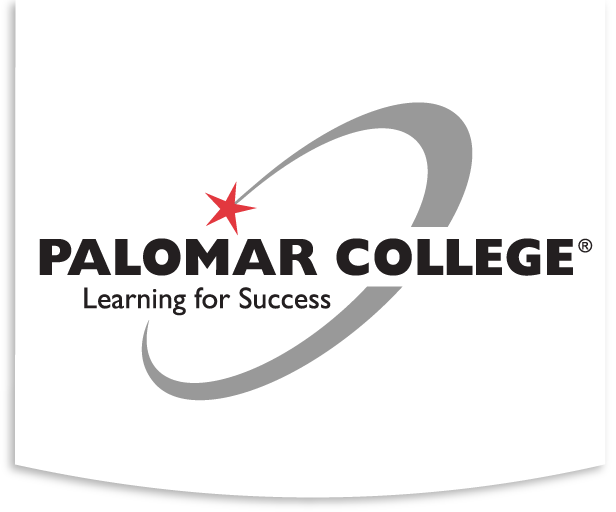If you experience a barrier on any page of Palomar College’s website, or in a Canvas course, please report the issue immediately. Note: This is not a form for requesting support to design your web page or other digital content accessibly – see support team below. Palomar College has a detailed Digital Accessibility Complaint and Resolution Process.
Five Best Practices for All Digital Content
Check out the 10-Day Accessibility Challenge by Foothill Online.
WebAIM Accessible Documents Training for California Community Colleges registration is open for September and October cohorts. The training program is designed to equip participants with the skills to create, evaluate, and optimize accessible documents in Word, PowerPoint, and Adobe PDF. Additionally, participants have access to a bonus module focusing on Excel accessibility. Register for a cohort today!
Policies, Standards & Governance
Federal, State & District Policies & Standards
- Department of Justice Ruling on ADA Title II
- Review of ADA Title II Law
- Review of WCAG 2.1 AA Standards
- Section 508 of the Rehabilitation Act
- California Education Code 7405
- Digital Accessibility Policies at Palomar College: BP 3725 and AP 3725 (currently under review)
Digital Accessibility Shared Governance
Accessible Palomar SharePoint
We’re excited to announce the launch of our Accessible Palomar SharePoint, a centralized hub designed to make it easier for faculty and staff to find the tools, guidance, and support they need to foster an accessible and inclusive environment.
This new internal site replaces the use of our public-facing webpages for employee resources, offering a more streamlined and secure experience. Here, you’ll find:
- Accessibility Guides: Quick start guides, accessibility checklists, and accessibility habits and tips to support everyday practices
- Digital Accessibility Support Team: Contact information for teams and individuals who can assist with accessibility questions or issues
- Newsletter Archive: A repository of our biweekly newsletters for easy reference
Bookmark the site and explore the resources to integrate accessibility into your daily work.
Visit the Accessible Palomar SharePoint Site
Together, we can continue to build a more inclusive campus community.

